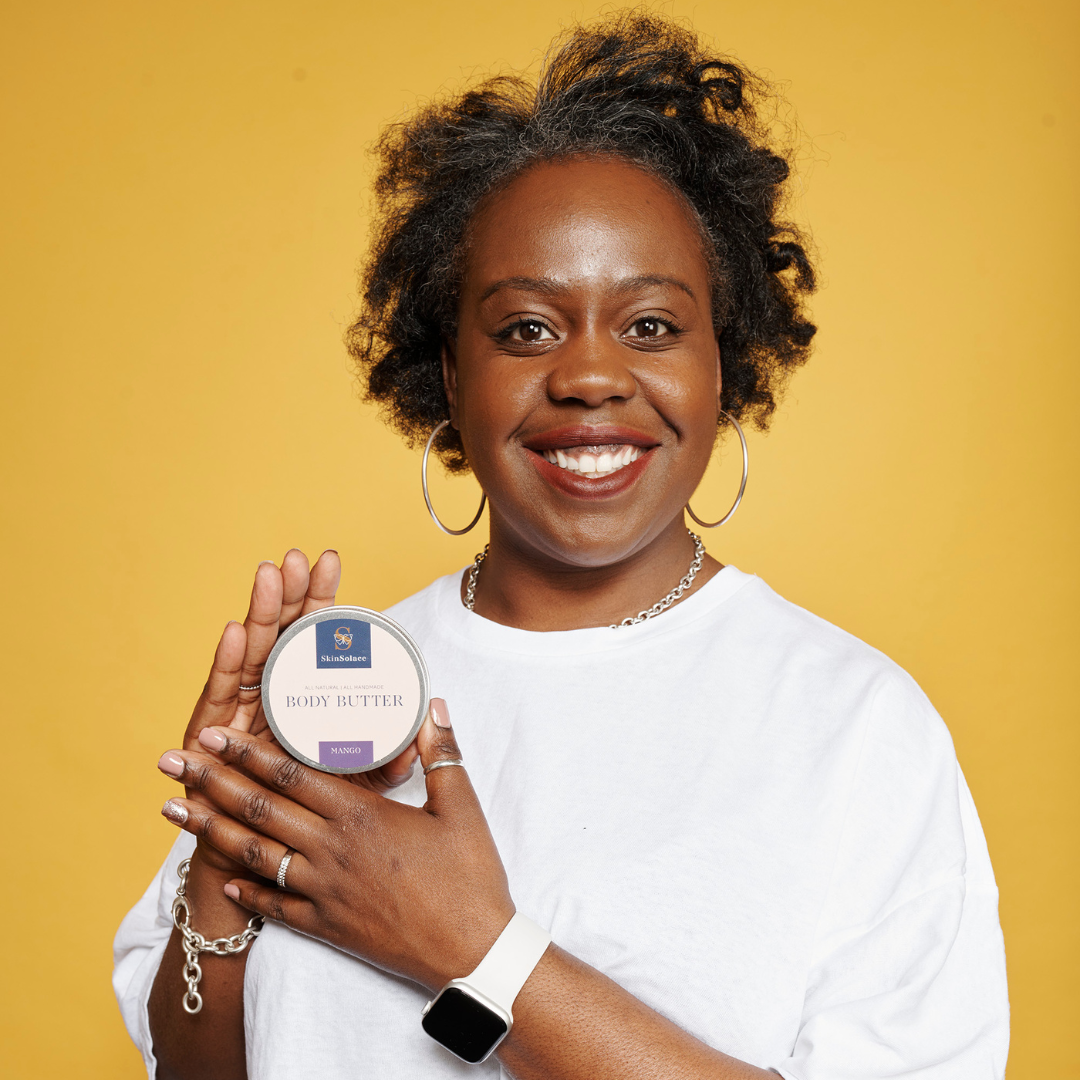
Intellectual Property Clinics
Get bespoke, one-to-one advice for your business from legal experts with Nottingham Law School, Adamson Jones, and Potter Clarkson.

Types of Intellectual Property
Trademarks
A trademark is a symbol, word, phrase, or design that identifies and distinguishes the goods or services of your business from those of others in the marketplace. Trademarks provide you, as the business owner, with legal protection preventing competitors from using similar marks that may confuse consumers and dilute the value of the original mark. You can also license or sell your trademark to others for a fee, which can provide a valuable source of income. Here are a few examples of what can be trademarked:
- Words or phrases: This can be your company name, product name, slogan, or any other word or phrase that is used to identify and distinguish your brand or product.
- Symbols or logos: This can include any design or graphic that you use to represent your brand or product, such as a stylized letter or a specific shape or image.
- Sounds or jingles: This can include a specific musical tune or sound effect that you use to identify and distinguish your brand or product.
- Colours or combinations of colours: In some cases, a specific colour or combination of colours can be used to identify and distinguish your brand or product.
- 3D shapes or packaging: Unique packaging or the shape of your product can also be registered as a trademark.
However, not all marks can be registered as trademarks. Trademarks must be distinctive and cannot be too similar to existing marks in the marketplace. They must also not be generic or descriptive of the goods or services they represent.

Copyright
Copyright is a form of intellectual property protection that ensures you have control over your original creations and are compensated for their use. Copyright law gives the originator the exclusive right to copy, distribute, and publicly display their work for a fixed number of years. Copyright law applies to a wide range of creative works, including literature, music, films, and software.
Having copyright protection prevents others from using your original work without permission. This means that you can take legal action to stop the use of your work and seek compensation for any damages caused by the unauthorized use. You can also use copyright protection to license your work to others, allowing you to use the work in exchange for payment. This allows you to generate income from your work without giving up your ownership rights.
To avoid infringing copyright laws, you should take care when downloading and using images from the internet, playing music in public places for business purposes (a license may be required), and using IT systems or software without the correct licenses.

Registered Designs
A registered design is a legal right that can be granted to you as the owner of a new and original design for a product, which gives you exclusive rights to control the use of the design for a certain period of time.
The purpose of a registered design is to protect the aesthetic or visual aspects of a product or object. This means that it can be used to protect the shape, configuration, pattern, ornamentation or any other visual feature of a product. In other words, it protects the way a product looks.
The protection provided by a registered design can help to prevent others from copying or imitating your designs without permission. This can be particularly important if your businesses that rely on the unique visual appearance of their products to attract customers. It can also help to ensure that your products remain distinctive and easily recognizable in the marketplace, and, thus, help you perform against competitors.

Patents
A patent is a legal document that gives you, as the inventor and entrepreneur, the exclusive right to prevent others from making, using, or selling your invention for a certain period of time. In exchange for this exclusive right, you must disclose your invention in a detailed and comprehensive manner in the patent application.
To be patentable, your invention must meet certain criteria set by law.
- The invention must be novel, meaning it has not been publicly disclosed or described in a prior publication.
- Non-obvious, meaning it is not an obvious improvement on something that already exists.
- Additionally, the invention must be useful, meaning it has some practical application or utility.
The steps for achieving a patent:
- First, you should ensure that your invention is new, inventive, useful, and makeable. You should also double-check that your invention doesn’t already exist, and that you have the time and money needed for the application process.
- It’s a good idea to seek professional help and advice to make sure that a patent is the right form of IP protection for your invention. We can help you with this through our free advice and guidance.
- To prepare for your patent application to the Intellectual Property Office (IPO), you’ll need to provide a description of your invention, legal statements outlining the technical features of your invention that you want to protect, and a summary of all the important technical aspects of your invention. You can also include drawings to illustrate your invention.
- Once you’ve submitted your application, you’ll receive a receipt with your application number and filing date. While you wait for the IPO to check your application, you can add “UK patent pending” or “UK patent applied for” to your invention, packaging, or marketing materials.
- If your application is successful, you’ll receive your patent. If your application is terminated, you’ll be told why, and you may be able to restart the application within a timeframe for a fee.



